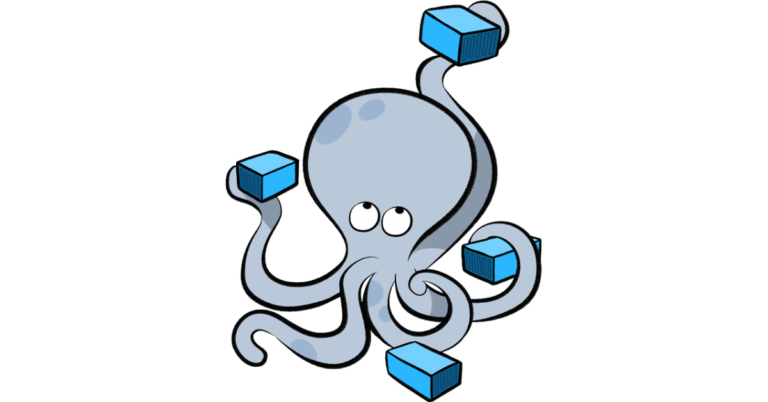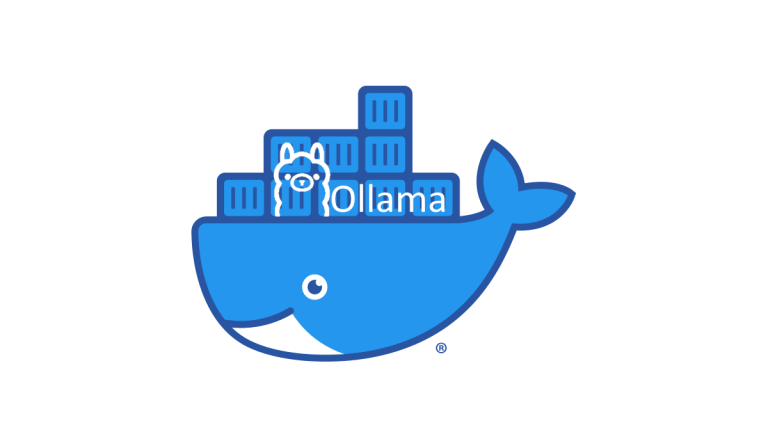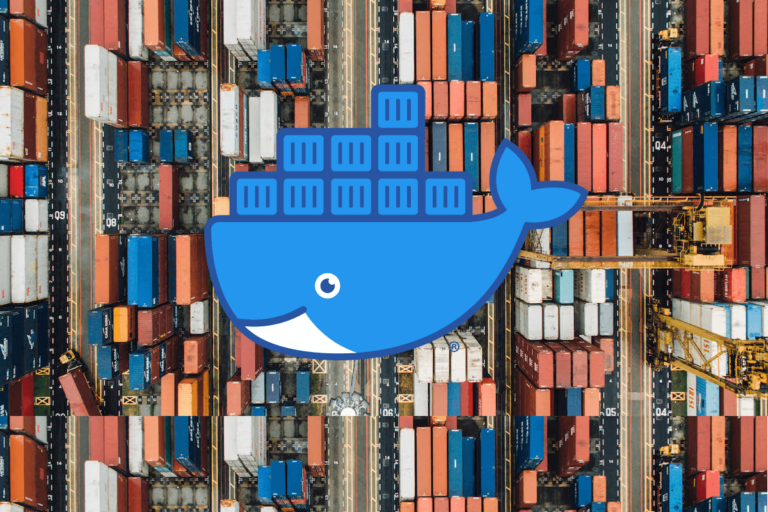Observability and Monitoring for Containers
In modern DevOps practices, observability and monitoring are indispensable for maintaining the health, performance, and reliability of applications, especially when they are containerized. Containers create a dynamic and ephemeral environment, making traditional monitoring approaches less effective. Fortunately, tools like Prometheus, Grafana, and Jaeger make it easier to achieve effective observability and monitoring for containerized applications.
In this article, we will provide a comprehensive guide on how to implement observability and monitoring solutions for containerized applications using Prometheus, Grafana, and Jaeger.
1. Why Observability and Monitoring Matter
Observability and monitoring allow you to:
- Identify Issues Early: Detect infrastructure and application-level issues before they affect users.
- Debug and Troubleshoot: Provide insights and data necessary to pinpoint the root cause of problems.
- Measure Performance: Understand application performance and make informed decisions to optimize it.
- Ensure Reliability: Maintain the overall health and availability of your services.
In containerized environments, applications are broken down into microservices, each running in its own container, often orchestrated by Kubernetes. This architecture demands advanced observability solutions to effectively manage and monitor these distributed services.
2. Introduction to Prometheus, Grafana, and Jaeger
Prometheus
Prometheus is an open-source systems monitoring and alerting toolkit. Key features include:
- A multi-dimensional data model with time series data identified by metric name and key/value pairs.
- A flexible query language (PromQL) to leverage this dimensionality.
- Pull-based metrics collection over HTTP.
- Many integrations with various data sources and exporters.
Grafana
Grafana is an open-source platform for monitoring and observability. It allows you to:
- Query, visualize, and alert on metrics from different data sources, including Prometheus.
- Create, explore, and share dashboards in real-time.
- Set up alerts to notify of performance issues.
Jaeger
Jaeger is an open-source, end-to-end distributed tracing tool. It helps with:
- Monitoring and troubleshooting microservices-based distributed systems.
- Finding latency and performance bottlenecks.
- Visualizing request flows in complex microservice environments.
3. Setting Up Prometheus for Container Monitoring
Let’s start by setting up Prometheus to monitor container metrics.
Step 1: Install Prometheus
Assuming you are using Docker, create a prometheus.yml configuration file:
global:
scrape_interval: 15s
scrape_configs:
- job_name: 'prometheus'
static_configs:
- targets: ['localhost:9090']
- job_name: 'docker'
static_configs:
- targets: ['172.17.0.1:9323']Here, we are adding Prometheus itself and Docker as scrape targets.
Step 2: Run Prometheus in a Docker Container
docker run -d --name=prometheus -p 9090:9090 \
-v $(pwd)/prometheus.yml:/etc/prometheus/prometheus.yml \
prom/prometheusThis command runs Prometheus in a Docker container and binds it to port 9090. The configuration file is mapped into the container.
Step 3: Exposing Docker Metrics
We need the Docker daemon to expose metrics. If you’re using Docker for Mac or Docker for Windows, the following steps are different. For Linux, use this configuration:
Ensure the Docker daemon runs with the --metrics-addr flag to expose metrics.
Step 4: Verify Prometheus Setup
Visit http://localhost:9090 in your browser to access the Prometheus interface. You should be able to see metrics being scraped.
4. Visualizing Metrics with Grafana
Grafana allows you to create dashboards that visualize metrics collected by Prometheus.
Step 1: Install Grafana
Run the following command to start Grafana in a Docker container:
docker run -d --name=grafana -p 3000:3000 grafana/grafanaStep 2: Configure Grafana to Use Prometheus
- Open Grafana by navigating to
http://localhost:3000. - Log in with the default username
adminand passwordadmin. - Go to Configuration -> Data Sources and add Prometheus as a data source.
- Configure the HTTP URL to
http://prometheus:9090.
Step 3: Create a Dashboard
- Go to Create -> Dashboard.
- Add a new panel and select Prometheus as the data source.
- Enter a PromQL query, for example,
sum(rate(container_cpu_usage_seconds_total[1m])) by (container).
Grafana will visualize the data in a graph, allowing you to monitor CPU usage across containers in real-time.
5. Distributed Tracing with Jaeger
Jaeger enables you to trace requests through various microservices, giving visibility into performance and latency issues.
Step 1: Install Jaeger
Run the following command to start Jaeger in a Docker container:
docker run -d --name=jaeger \
-e COLLECTOR_ZIPKIN_HTTP_PORT=9411 \
-p 5775:5775/udp \
-p 6831:6831/udp \
-p 6832:6832/udp \
-p 5778:5778 \
-p 16686:16686 \
-p 14268:14268 \
-p 14250:14250 \
-p 9411:9411 \
jaegertracing/all-in-one:1.6(find the latest jaegar image at this getting started page )
Step 2: Instrument Your Application
Use Jaeger client libraries to instrument your application. For example, in a Python Flask app:
from flask import Flask
from jaeger_client import Config
from flask_opentracing import FlaskTracing
app = Flask(__name__)
def init_tracer(service):
config = Config(
config={
'sampler': {'type': 'const', 'param': 1},
'logging': True,
},
service_name=service,
)
return config.initialize_tracer()
tracer = init_tracer('my-service')
flask_tracing = FlaskTracing(tracer, True, app)
@app.route('/')
def home():
with tracer.start_span('home-span') as span:
span.log_kv({'event': 'home-page'})
return 'Hello, World!'
if __name__ == '__main__':
app.run(host='0.0.0.0')Step 3: View Traces
Open Jaeger’s UI by navigating to http://localhost:16686. You should be able to see traces and inspect the details of each request, including any performance bottlenecks.
6. Putting it All Together: A Practical Example
We will now combine Prometheus, Grafana, and Jaeger to monitor a simple containerized microservices application.
Step 1: Docker Compose Setup
Create a docker-compose.yml file:
services:
prometheus:
image: prom/prometheus
volumes:
- ./prometheus.yml:/etc/prometheus/prometheus.yml
ports:
- "9090:9090"
grafana:
image: grafana/grafana
ports:
- "3000:3000"
jaeger:
image: jaegertracing/all-in-one:1.21
ports:
- "16686:16686"
- "14268:14268"Add any application services and configure them to expose Prometheus metrics and Jaeger traces.
Step 2: Run Docker Compose
In your terminal, navigate to the directory containing docker-compose.yml and run:
docker-compose up -dThis command will start Prometheus, Grafana, Jaeger, and your application services.
Step 3: Set Up Dashboards and Alerts in Grafana
- Add Prometheus as a data source as described earlier.
- Create dashboards to visualize key metrics.
- Configure alerts to notify you of performance or availability issues.
Step 4: Collect Traces
Ensure your application services are instrumented with Jaeger. Use Jaeger’s UI to view traces across services.
7. Conclusion
Observability and monitoring are crucial for maintaining the health and performance of containerized applications. By using Prometheus, Grafana, and Jaeger, you can gain deep insights into your systems, detect issues early, and ensure smooth operation.
With Prometheus, you can collect and query metrics efficiently. Grafana allows you to visualize these metrics and set up alerts. Jaeger provides powerful distributed tracing capabilities to troubleshoot request flows and performance issues.
By combining these tools, you can achieve comprehensive observability for your containerized applications, helping you maintain high reliability and performance standards.







